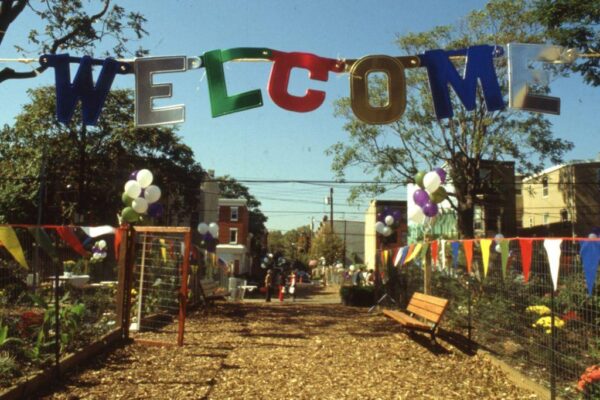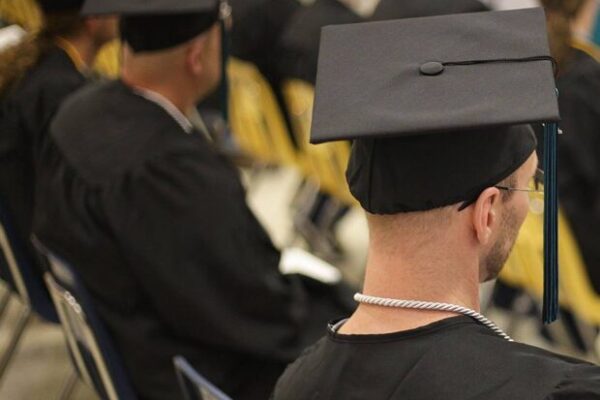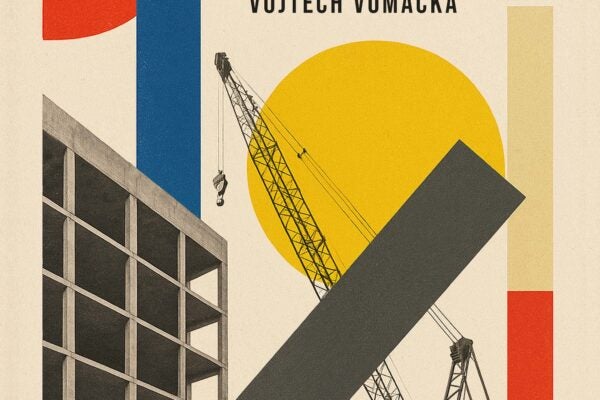November brought new opportunities to explore underrepresented voices, rich cultural artifacts, and engaging multimedia content on JSTOR. This month’s additions provide researchers, educators, and students with unique insights into history, art, and human ingenuity.
Reveal Digital: spotlighting marginalized histories
Reveal Digital’s open access collections continue to amplify underrepresented perspectives, offering essential resources for understanding social justice, cultural movements, and historical narratives.
Black Periodicals: capturing the voices of the 20th-century Black experience

This collection spans over 75,000 pages of mid-20th-century periodicals, featuring publications from women’s organizations, labor unions, and global Black freedom movements. These periodicals document the struggles and triumphs of the Great Migration, the Civil Rights era, and the Black Power movement, offering an invaluable resource for exploring the intersections of identity, activism, and culture.
Discover the Black Periodicals collection.
Shared collections: uncovering history through artifacts and manuscripts
This month’s shared collections include rare and fascinating materials that bring historical narratives to life, showcasing art, literature, and everyday life across cultures and centuries.
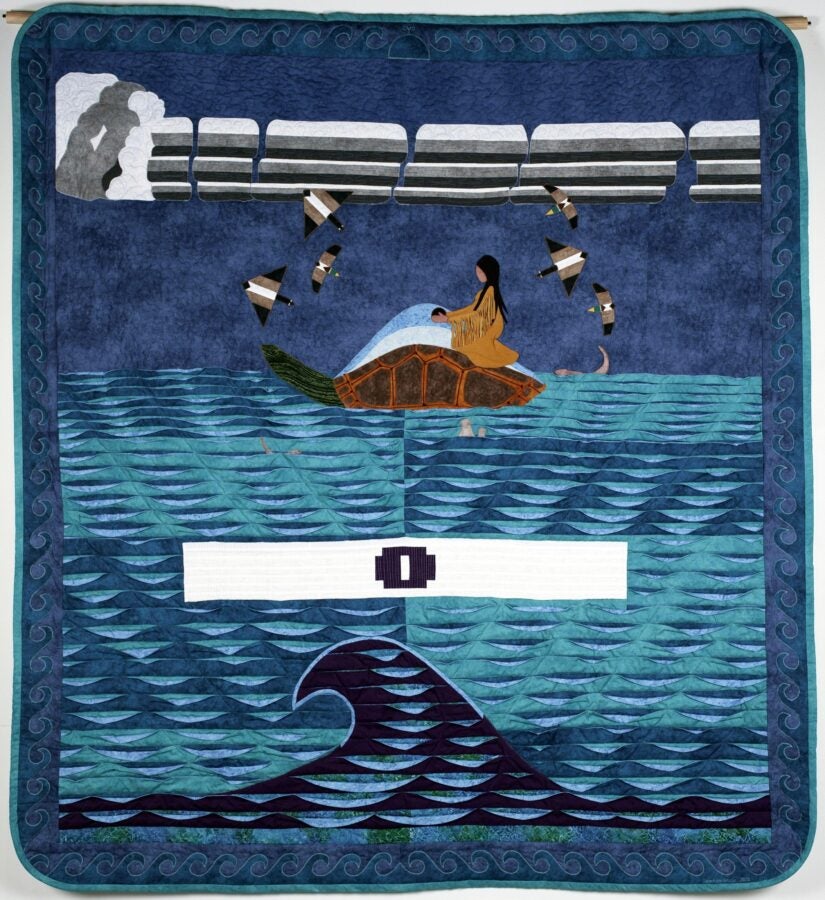

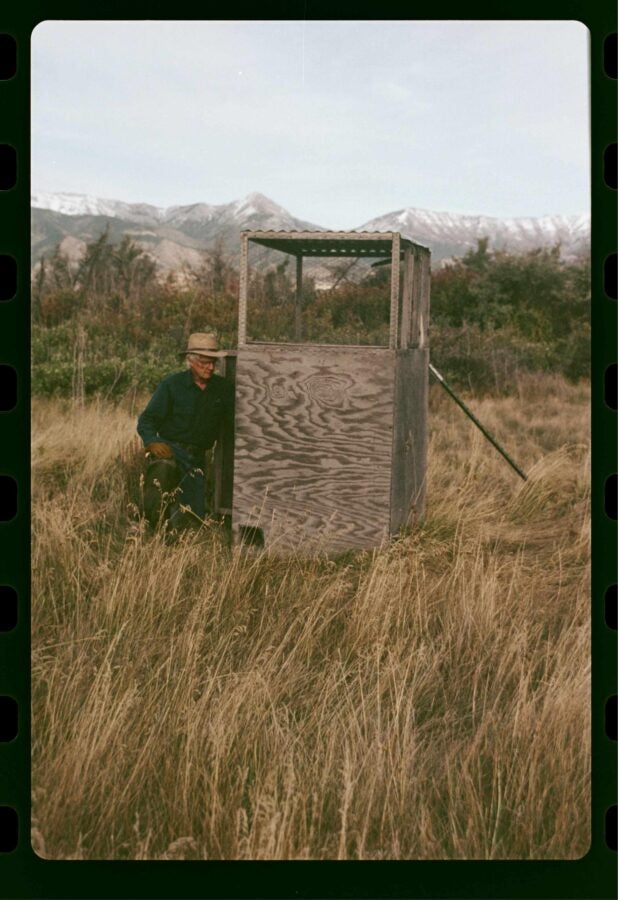
Adirondacks and St. Lawrence Valley Collection: art and culture through Indigenous heritage
Explore stunning artworks and cultural artifacts by Haudenosaunee artists and others who have lived in the Adirondacks and St. Lawrence Valley. Among the highlights in this collection from St. Lawrence University is Mohawk artist Iakonikonriiosta’s quilt, “Tsi Kiontahsawen / In the Beginning,” which vividly illustrates the Haudenosaunee Creation Story through intricate textile artistry.
Explore the Adirondacks and St. Lawrence Valley Collection.
Medieval Document Collection: rare manuscripts from Western Michigan University
Dive into high-resolution images of rare manuscripts from Western Michigan University‘s Medieval Document Collection. Highlights include illuminated texts and records from the Dom Obrecht Cistercian Studies Collection, which shed light on medieval religious and cultural practices.
Discover the Medieval Document Collection.
Datus C. Proper Papers: reflections on nature and the outdoors
This collection from Montana State University offers a personal look into the life of Datus C. Proper, U.S. Foreign Service officer and avid outdoorsman. His journals, correspondence, and photographs reveal a deep connection to fly fishing, pheasant hunting, and conservation ethics, creating a vivid portrait of mid-20th-century outdoor life.
Explore the Datus C. Proper Papers.
Audio and video: stories through sound and visuals
This month’s multimedia highlights include films and recordings that capture unique historical moments and timeless themes. These resources enrich our understanding of art, culture, and human innovation.
Leonard Neufeld Reading (1977): honoring storytelling across generations
In a rare recording from the Franklin Furnace Archive, Leonard Neufeld brings his short fiction to life, celebrating the power of storytelling to connect generations. This intimate reading exemplifies the humanities’ enduring ability to inspire and provoke thought.
Listen to Leonard Neufeld’s reading.
America Re-visited (1961): a cross-country journey in mid-century America
Alfred C. Strode’s travelogue, shared by UC San Diego, captures the landscapes and cultural landmarks of 1961 America, from bustling neon signs to serene wilderness. This visual archive offers a nostalgic glimpse into the country’s mid-century identity.
Lights Out Gallery: preserving history through craftsmanship
In an interview with Lights Out Gallery, shared by Colby College, Maine woodworker Thomas Johnson shares his passion for restoring antique furniture. From benches to 19th-century plank seats, Johnson’s work preserves the stories embedded in each piece, connecting us to the traditions and craftsmanship of the past.
Explore the Lights Out Gallery interview.
The Ox Warble (1926): silent film meets agricultural education
Blending humor, animation, and practical advice, this silent film from the Wellcome Collection educates farmers about tackling warble flies, a serious agricultural issue. Its mix of entertainment and instruction highlights early efforts to use media for collective action.
Stone Age Tools (1947): preserving humanity’s earliest innovations
This instructional film from the Wellcome Collection, narrated by archaeologist Léon Coutier, demonstrates the techniques behind crafting Paleolithic tools. From hand-axes to flint arrowheads, it provides a window into the ingenuity of early humans.
President Johnson at Brown University (1964): a speech on education and democracy
In this historic recording from the University of Rhode Island, President Lyndon B. Johnson reflects on the partnership between education and democracy during Brown University’s Bicentennial. His words emphasize the transformative power of knowledge in shaping society’s future.
Listen to President Johnson’s speech.
Closing thoughts: bridging the past and present
From preserving ancient manuscripts to amplifying voices from the 20th century, November’s additions highlight the importance of making history accessible. Each collection and multimedia piece invites us to explore diverse perspectives and deepen our understanding of the human experience.
Stay curious and discover the stories waiting to be uncovered on JSTOR.

